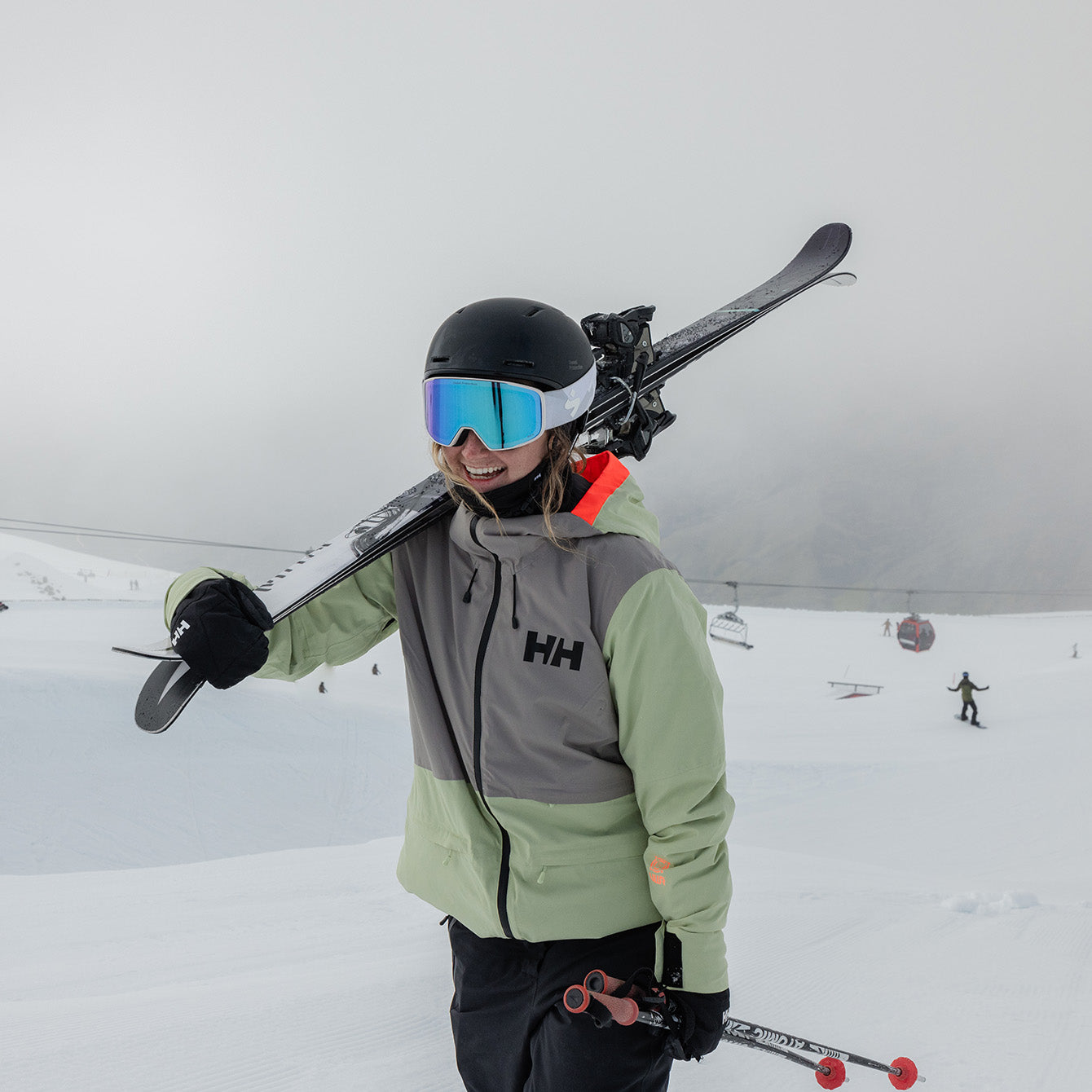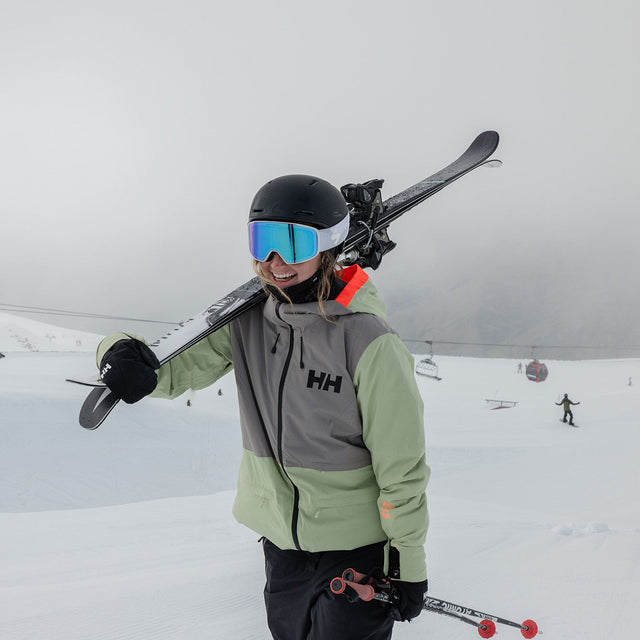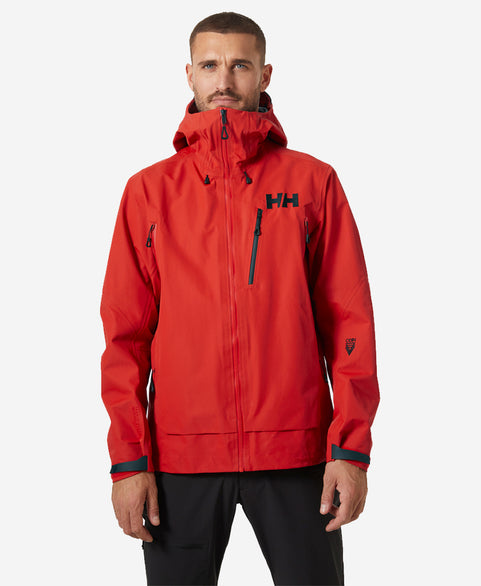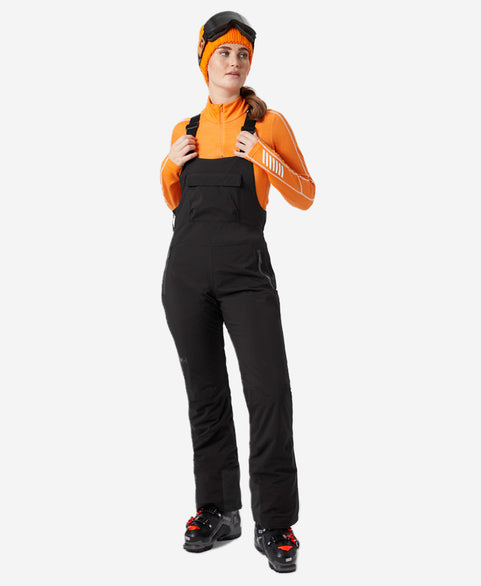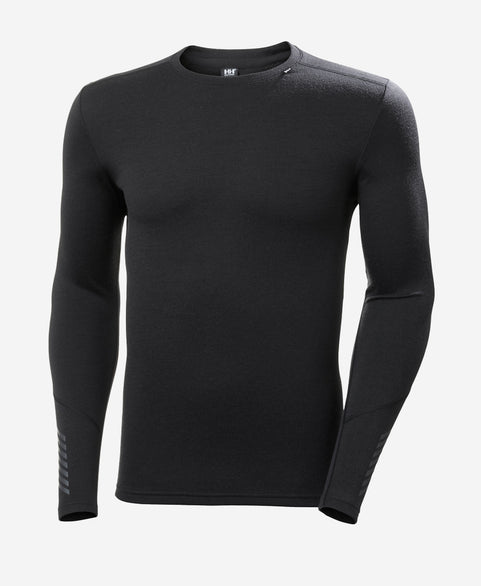Key Takeaways
- Layer properly with moisture-wicking base layers, insulating mid layers, and waterproof shells
- New Zealand ski conditions change rapidly, be prepared for sun, snow, wind and everything in between
- Invest in quality thermals and don't trust the weather forecast
- Choose synthetic insulation over down for NZ's damp conditions
If you're planning to ski in New Zealand for the first time, here's my advice: layers, layers, layers. Don't trust the forecast and don't assume the weather will stay the same. You need ski gear NZ conditions demand, clothing that works in wet, windy, and cold conditions. Layering properly is the only way to adapt to the conditions and stay comfortable when it all changes.
Let me give you a perfect example. There was a day at Treble Cone where we were hiking lines up top. Sun was out, no wind, pretty ideal. About halfway through, it turned quick. Heavy snow moved in, visibility dropped, and the wind came in hard too. Then an hour later, it cleared up again like nothing happened. You just deal with what you get and it makes skiing that more memorable.
That's exactly why the right layers matter.
Base Layers: Your Foundation for New Zealand Ski Clothing
On warmer days, I wear the LIFA® Active base layer. It's light, breathable, and keeps sweat off your skin when you're hiking or doing a lot of laps. When it's colder or the wind picks up, I switch to LIFA® Midweight. It's a bit warmer but still dries fast and doesn't feel bulky under midlayers or a jacket.
LIFA® Midweight is the one I trust the most down here and in general. The weather in NZ can flip quick, and that layer handles both ends, keeps you warm when it turns cold, but still manages moisture if you're working hard. I don't have to overthink it, which is the main thing. And honestly, all the patterns are also really cute!
Mid Layers: Adaptable Insulation for Variable Weather
For New Zealand's variable weather, I rely on a synthetic mid layer, specifically the Helly Hansen LIFALOFT™ Insulator Jacket. It's warm without being bulky, handles moisture better than down, and works great whether it's snowing, windy, or damp out. Plus, it's lightweight enough to layer under a shell, travel with and wear on its own if the day warms up. And as a bonus, it makes a great pillow when you're staying in a backcountry hut.

Outerwear: Protection from the Elements
For wet and windy days, I go with the Helly Hansen Odin Mountain 3.0 Shell Jacket. It's waterproof and breathable, so it keeps the elements out without overheating. If it's colder you can layer really well. It's durable enough for backcountry use, and I'd say it's my favourite jacket overall for pretty much any condition.
For pants, I stick with the Legendary Insulated pant. Waterproof, and the vents save me when I'm working hard or hiking up to find fresh lines.
When choosing what to wear when skiing in New Zealand, I look for a jacket that offers reliable waterproofing and breathability. I also prioritise adjustable ventilation and a hood that fits comfortably over my helmet. A jacket that fits well with multiple layers underneath gives me the flexibility to adjust throughout the day without feeling restricted. Good pockets are important too for storing essentials and keeping things accessible on the go.
Essential Accessories for NZ Mountains
I always pack a beanie and a neck warmer because they're simple but make a big difference when the temperature drops or the wind picks up. Sunblock is a must no matter what, even on cloudy days, the UV is strong. Glove liners help me adjust warmth without switching gloves completely, so I always bring those along too. And a warm spare pair of socks to change into after skiing.
Having interchangeable lenses is also key because it lets me swap lenses based on the specific conditions. For sunny days, I use darker lenses to reduce glare. For low to medium light, I prefer lenses that boost contrast, like rose-tinted or light amethyst. Good ventilation and a secure fit help prevent fogging and keep me comfortable all day.
Pro Tips for First-Time Skiers in New Zealand
If there's one piece of gear I'd tell every first-time skier to invest in, it's a good set of thermals. Having a reliable base layer that manages moisture and keeps you warm makes a big difference on the slopes.
The most common gear mistake I see people make in NZ? Not layering properly for the rapidly changing weather. People often underestimate how quickly it can shift from warm and sunny to cold and wet, so having versatile layers is key.
Ready to gear up for your New Zealand ski adventure? Browse our complete snow collection to find professional-grade gear trusted by athletes and mountain professionals globally.
About the Author
Anja Barugh represents New Zealand in freestyle skiing and has competed at the 2022 Winter Olympics in Beijing. As a Helly Hansen ambassador, she tests gear in some of the most challenging mountain conditions on earth. Follow her adventures on Instagram.

